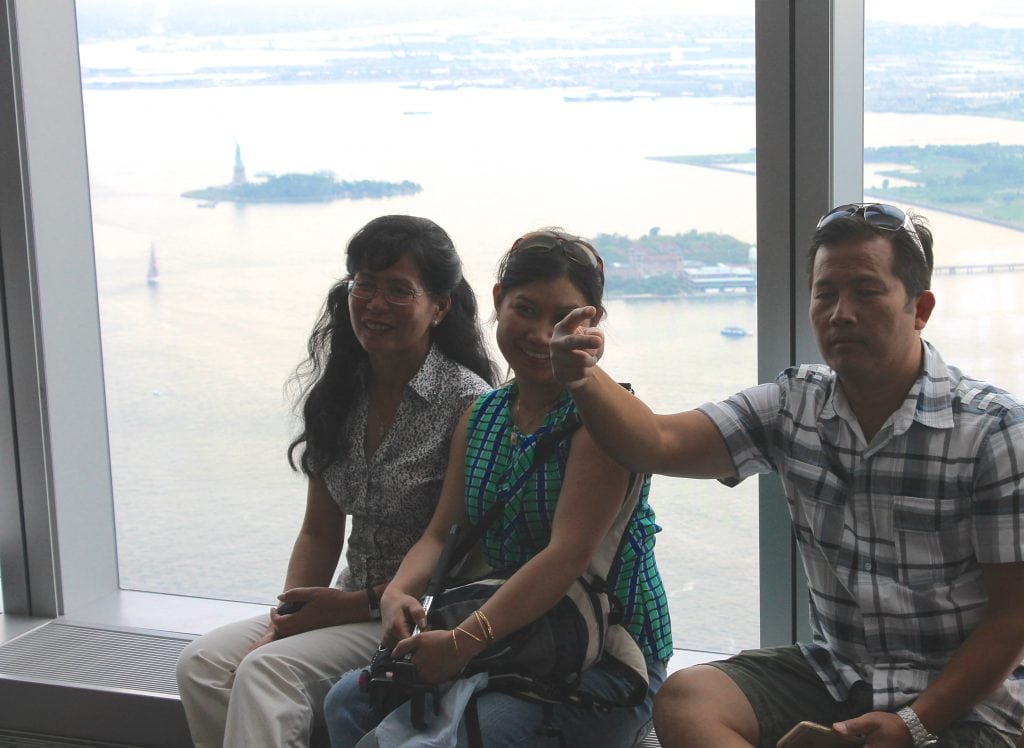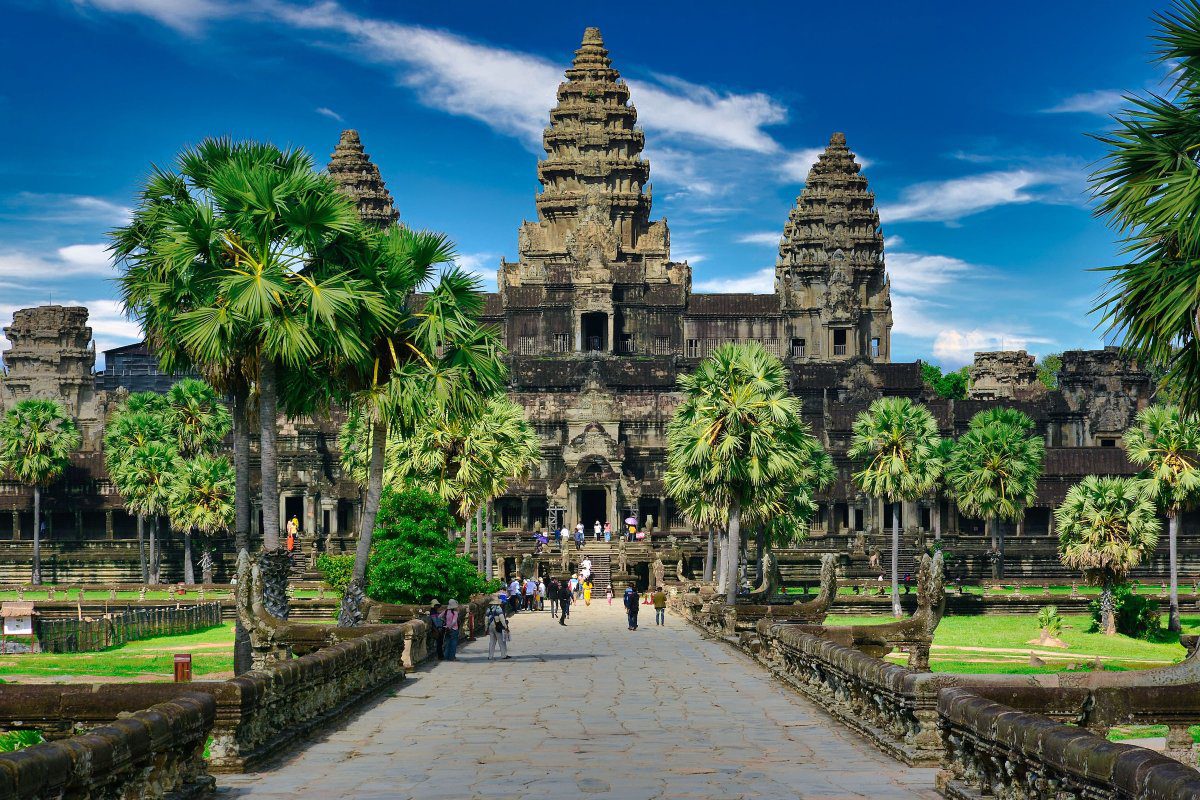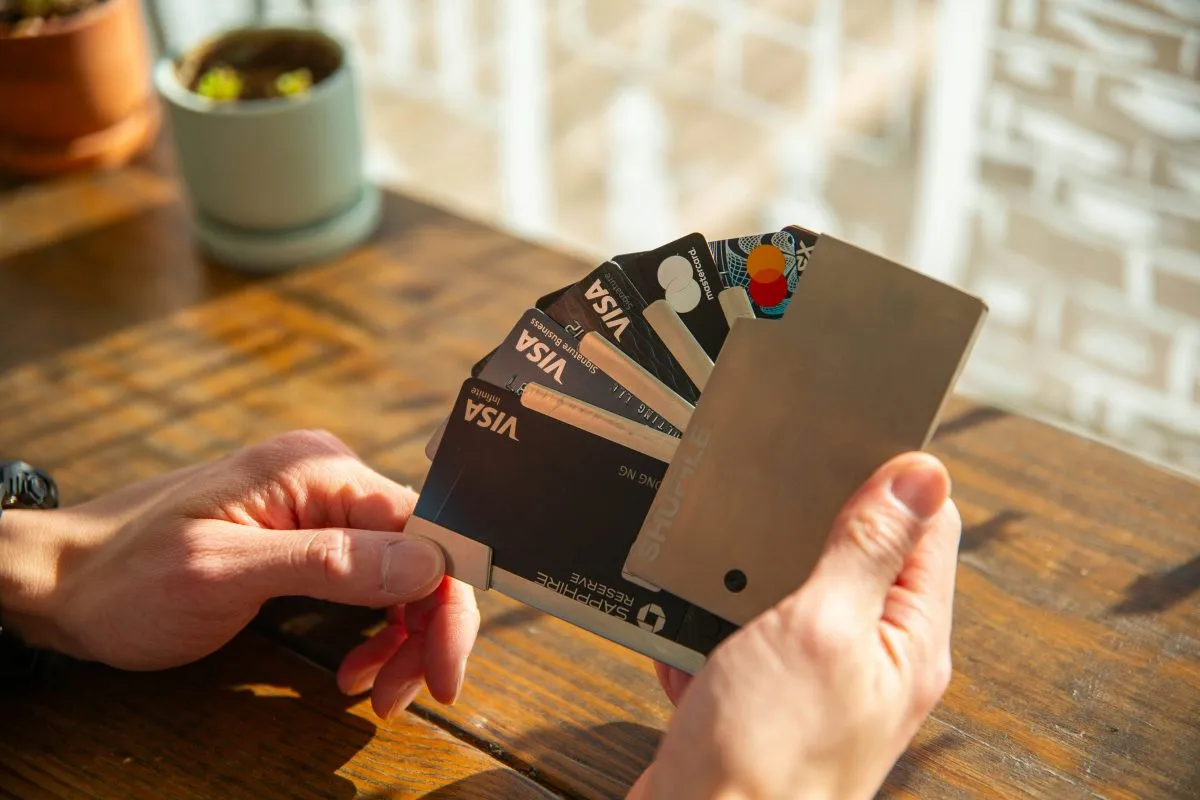Big Shift Coming: International Visitor Spending Rises But So Does U.S. Domestic Travel Dependence

Skift Take
A stronger U.S. dollar apparently means more spending to many of the international travelers who've visited the U.S. so far this year -- about $3 billion more.
But while that rise in spending by international travelers occurred in the first half of 2016, David Huether, vice president of research for the U.S. Travel Association, says the U.S. travel industry will become more dependent on domestic tourists for the remainder of the year.
The latest data from the National Travel and Tourism Office show international travelers have spent $125.3 billion on travel to the U.S. between January and June 2016. That amount includes airfare, accommodations and other in-destination spending. The 2.4 percent increase in spending over the same period last year comes even as international arrivals have slowed and the euro, Chinese yuan and Brazilian real have weakened against the U.S. dollar since last year.
A stronger Japanese yen might be balancing out weaker currencies from other top visitor markets, said Huether, of the U.S. Travel Association, which tracks domestic and international visitation and spending in the U.S.
"Most people have been focusing on the pound which the dollar was gaining on even before Brexit, but the Japanese yen is really making some gains and Japan is a huge market for the U.S.," Huether says.
Nearly 3.4 million Japanese travelers visited the U.S. in 2015 and Huether said the U.S. dollar has fallen nearly 16 percent against Japan's yen since last year. Though he isn't sure if the yen is actually helping the spending increase as his team is still mining the data, "demand will be coming more from domestic side as we keep heading towards the end of this year and the U.S. travel industry will be more dependent on domestic travel."
"We don't project a decrease in international visitation but we think the increase is going to be pretty shallow. Domestically consumer confidence is up with wages and employment both up."
Much of the increase in spending from international arrivals is due to education trips, such as students traveling to the U.S to study and also medical tourism spending (see chart below). Actual business and leisure travel trip spending for food, accommodations, activities, souvenirs and local transportation, delineated as travel spending in the chart below, is up 1.4 percent ($79 billion). That's a larger increase than year-over-year growth during the first halves of 2014 and 2015 when travel spending grew by 0.6 percent.
Airfare receipts were the only spending decrease (-6.2 percent) which is more than the 4.7 percent decrease from 2014 to 2015. Fuel costs increased during the first half of the year and while some airfares remained relatively low, some U.S. carriers say it's time to pass on higher oil costs to travelers.
This data don't include most of the busy summer travel season so these upbeat numbers could be dimmed once full-year spending data are released. Last year, for example, international traveler spending in the U.S. ended up taking a $4 billion tumble after being ahead of 2014 spending for the first half of the year.
International Visitor Spending in the U.S., January-June 2016 ($ Billions)
| International Traveler Receipts | Jan-Jun 2015 | Jan-Jun 2016 | % Change Year-Over-Year |
|---|---|---|---|
| Total Travel and Tourism-Related Exports | $122,424 | $125,341 | 2.40% |
| Travel Receipts (for all purposes including education) | $101,243 | $105,479 | 4.20% |
| Travel Spending* | $78,208 | $79,291 | 1.40% |
| Medical/Education/Workers Spending** | $23,035 | $26,188 | 13.70% |
| Airfare Receipts*** | $21,181 | $19,862 | -6.20% |
*Includes spending on food, accommodations, activities, souvenirs and local transportation for business and leisure trips.
**Includes spending on education trips and medical tourism such as room and board and hospital bills.
***Also includes airfares for U.S. residents traveling internationally from the U.S.
Source: U.S. National Travel and Tourism Office




